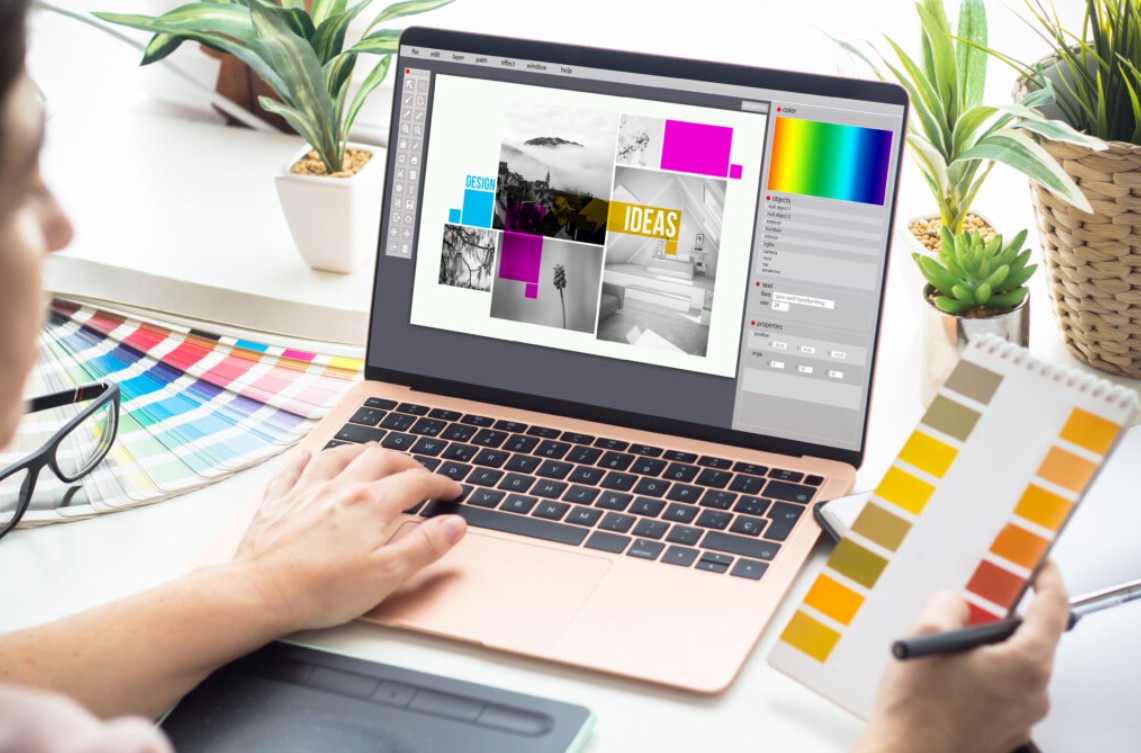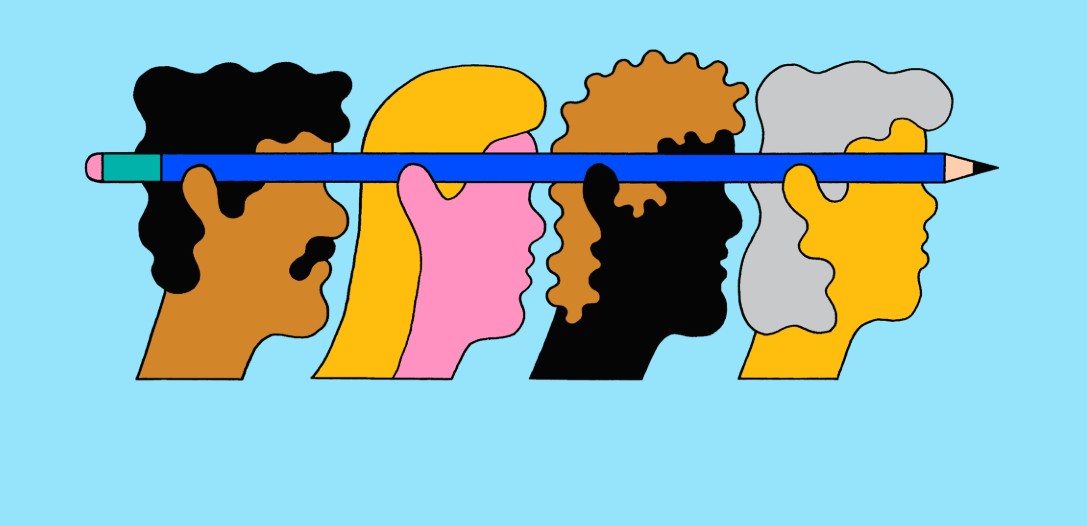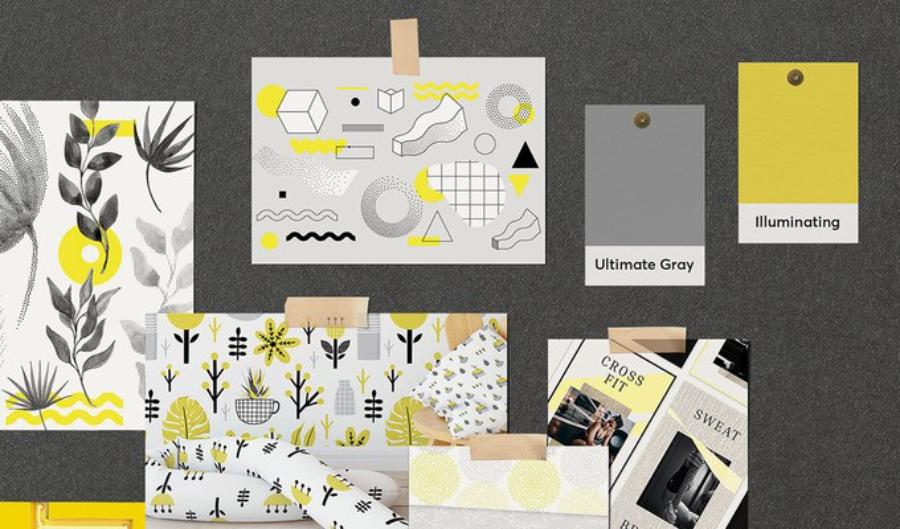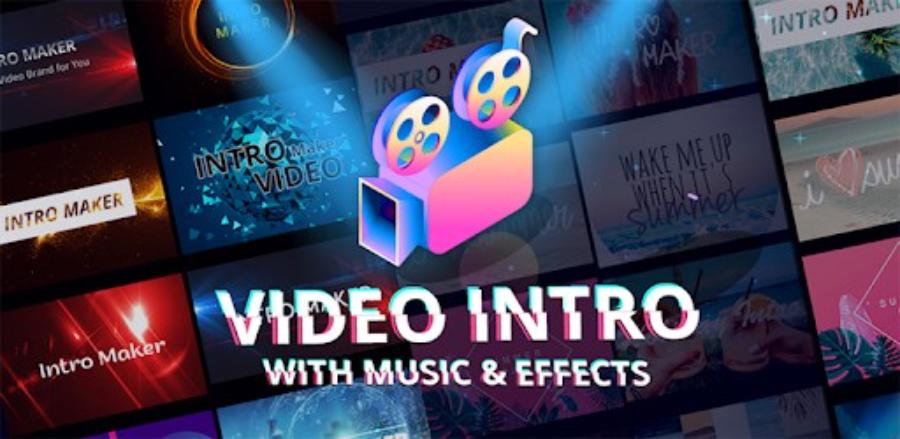Best Selling Products
Unlocking the Mystery: Graphic Design Basics
Nội dung
- 1. Definition of graphics
- 2. Types of graphics
- 2.1. Drawings
- 2.2. Sculpture
- 2.3. Illustration
- 2.4. Graph
- 2.5. Computer graphics
- 3. Current graphic design software
- 3.1. Adobe Photoshop
- 3.2. Adobe Illustrator
- 3.3. Autocad
- 3.4. 3DS Max
- 3.5. Sketchup
- 4. Applications of graphics in life
- 5. Advice for beginners learning graphics
- 5.1. Find quality resources and courses
- 5.2. Practice and build portfolio
- 5.3. Keep up with trends and keep learning
Let's unlock the mysteries behind graphic design with basic but essential knowledge.

Graphics – the art of combining images, colors and layouts – plays a key role in branding, communicating and making a strong impression on consumers. From advertising publications to website interfaces, from printed projects to mobile applications, graphics are always present and help messages become more vivid, understandable and attractive.
The following article by SaDesign will help you explore more deeply about graphics to help readers, especially beginners, have a comprehensive view and basic knowledge to confidently step into the world of graphic design.
1. Definition of graphics
Graphics can be understood as the process of creating images, symbols and visual layouts to convey messages effectively and vividly. It is not just about drawing or arranging images on paper or computer screen, but also the art of turning abstract ideas into concrete images, capable of stimulating emotions and stimulating the imagination of the viewer.
Graphics are widely used in many different fields such as advertising, media, publishing, web design, and even technical fields. The diversity in the application of graphics not only helps improve the visual experience but also plays an important role in building and developing a brand.
.png)
2. Types of graphics
In graphics, there are many types of graphics created. Each type has its own way of creation and is applied in different cases. Below are some common types of graphics that often appear in daily life, details as follows:
2.1. Drawings
Drawing is a type of graphic that often appears in life and is not too unfamiliar to everyone. A graphic drawing is a drawing that has the impact of a tool. To create a graphic drawing, the artist will apply pressure from a tool by moving that tool over the surface.
2.2. Sculpture
Sculpture is a traditional printing method, the image is created by shaping on different materials such as stone, wood, metal, bronze, salt rock, limestone to artificial materials such as fiberglass, plastic, metal. Sculptors often use special tools such as knives, carving, chisel, file, cutter, chisel to perform sculpting techniques.
Sculptures can take many different forms, from human, animal, mythological figures, to abstract shapes, decorative and artistic works. Today, sculpture is widely used to create urban decorative works and popular art works.
.png)
2.3. Illustration
An illustration is a picture used to convey or explain information and ideas in various documents. This helps the user to better understand the concepts or information mentioned in the document.
Illustrations are used in a wide variety of subjects, documents, and serve a variety of functions. Additionally, illustrations can be created from a variety of media, including digital and hand-drawn images.
2.4. Graph
Graphs are a useful way to show relationships between objects. There are many different types of graphs, including line graphs, bar graphs, pie graphs, and network graphs. Graphs are often used to present data in reports and research papers. Graphs can also be used to analyze and present data in a clear and understandable way.
2.5. Computer graphics
Computer graphics are divided into two main categories: raster graphics and vector graphics. Raster graphics are graphics in which each pixel is individually defined, like in a digital photo. Vector graphics, on the other hand, use mathematical formulas to draw lines and shapes, which are then interpreted using those formulas to create the graphic. Using vectors results in extremely sharp graphics and typically smaller files. However, as the graphics become more complex, using vectors takes longer to render and can result in larger file sizes than their raster counterparts.
.png)
3. Current graphic design software
To have the best and quality graphic products, the use of graphic software plays an extremely important role. Below are some quality graphic design software that you can refer to, specifically as follows:
3.1. Adobe Photoshop
Adobe Photoshop is a popular photo editing software widely used for digital photo and graphic editing. With Adobe Photoshop, you can customize your photos with various tools, including brightness, contrast, sharpness, color, and more. You can also use Photoshop to create unique graphic designs for your projects, including posters, banners, etc.
In addition, Photoshop also provides many advanced features to help you edit photos in the most professional way. Photo errors such as red eyes, removing unwanted objects and even blurring sensitive areas of the photo are easily fixed by Photoshop.
.png)
3.2. Adobe Illustrator
Adobe Illustrator is a vector graphics design software that is widely used in areas such as logo design, signage, product packaging, and more. With Illustrator, users can create beautiful, high-quality vector images that can be enlarged without losing quality. Illustrator users can easily convert images to specific vectors or create patterns, draw gradients, etc.
The software also comes with many useful tools and features, allowing users to create complex and colorful graphic works. With the continuous development of technology, Illustrator has also been regularly updated with new features, helping to improve the user experience.
.png)
3.3. Autocad
Autocad is a graphic design software used to create detailed drawings and 2D or 3D models. It is widely used in engineering fields such as architecture, construction, mechanical engineering and manufacturing related fields. Autocad features include creating 3D models, creating detailed technical drawings and creating directional drawings for manufacturing processes. Autocad can also be integrated with other software to enhance its working capabilities such as Revit, Inventor and 3ds Max.
.png)
3.4. 3DS Max
3DS Max is a professional 3D graphics software widely used in the design, video game, animation and architecture industries. In addition to the ability to create beautiful 3D models, 3DS Max also provides many useful tools and features for artists and designers to create a more vivid and realistic 3D world. Including the ability to create rich animation functions, lighting and shadow effects, and many other features to help users create high-quality products.
.png)
3.5. Sketchup
SketchUp is a 3D modeling software used to create spatial, architectural, and other product models. It offers a user-friendly interface and has many powerful features to make designing easier. Using SketchUp, you can create your own unique 3D models and share them with the global community. In addition, SketchUp also supports many plugins to extend its functionality and meet the needs of users.
.png)
4. Applications of graphics in life
Graphics are visual elements that help readers and viewers navigate to specific information. Today, graphics are widely used in many different fields, including:
Advertising: Graphics are used to create billboards, banners, posters, or promotional videos.
Business Field: Graphics are used to create presentations, reports, or statistical charts.
Education: Graphics are used to create e-lectures, learning videos, or illustrations for textbooks.
Entertainment: Graphics are used to create video games, animations, or video clips.
5. Advice for beginners learning graphics
If you are passionate about graphic design but don’t know where to start, don’t worry. Getting started in this field can be challenging, but with the following guidelines, you can easily get started and build a solid foundation for your career.
.png)
5.1. Find quality resources and courses
Currently, there are many resources online to learn graphic design from basic to advanced. You can refer to:
Online learning websites: Platforms like Udemy, Coursera, Skillshare or YouTube channels specializing in design will provide you with lessons from theory to practice.
Specialized blogs and forums: Websites that share the experiences of professional designers will help you grasp trends and useful design tips.
Books and specialty magazines: Reading books not only helps you gain a deeper understanding of design principles, but also expands your knowledge of history, color psychology, and art trends.
5.2. Practice and build portfolio
There is no better way to learn than by doing. Take the time to create personal projects, however small, at first, and gradually build an impressive portfolio. A portfolio is not only a place to store your works, but also a “window” to introduce your talent and personal style to potential employers or clients.
.png)
Start small: Try designing a logo for a fictional brand, creating a poster for an imaginary event, or simply redesigning the layout of your favorite magazine.
Get feedback: Don’t hesitate to share your work on forums and social networks specializing in design to receive feedback from the community. This is a good way to improve your skills and learn from experienced designers.
5.3. Keep up with trends and keep learning
The graphic design industry is always changing and evolving. New trends and new technologies are constantly emerging, requiring you to stay updated and constantly learn. Follow blogs, specialized magazines and attend seminars and workshops to keep up with the latest creative trends.
Join the community: Facebook groups, forums or offline events are places where you can meet and interact with other designers, exchange experiences and find collaboration opportunities.
Find inspiration: Sometimes, creative inspiration comes from unexpected places. Be open to other arts such as photography, painting, architecture… to broaden your vision and design style.
Through this article, I hope you have a deeper insight into graphics. Graphic design is not only an art but also a language, a tool to help connect emotions and information between people. With the principles and tools that you have been introduced to, surely every step you take in the design field will be more confident and professional.












































